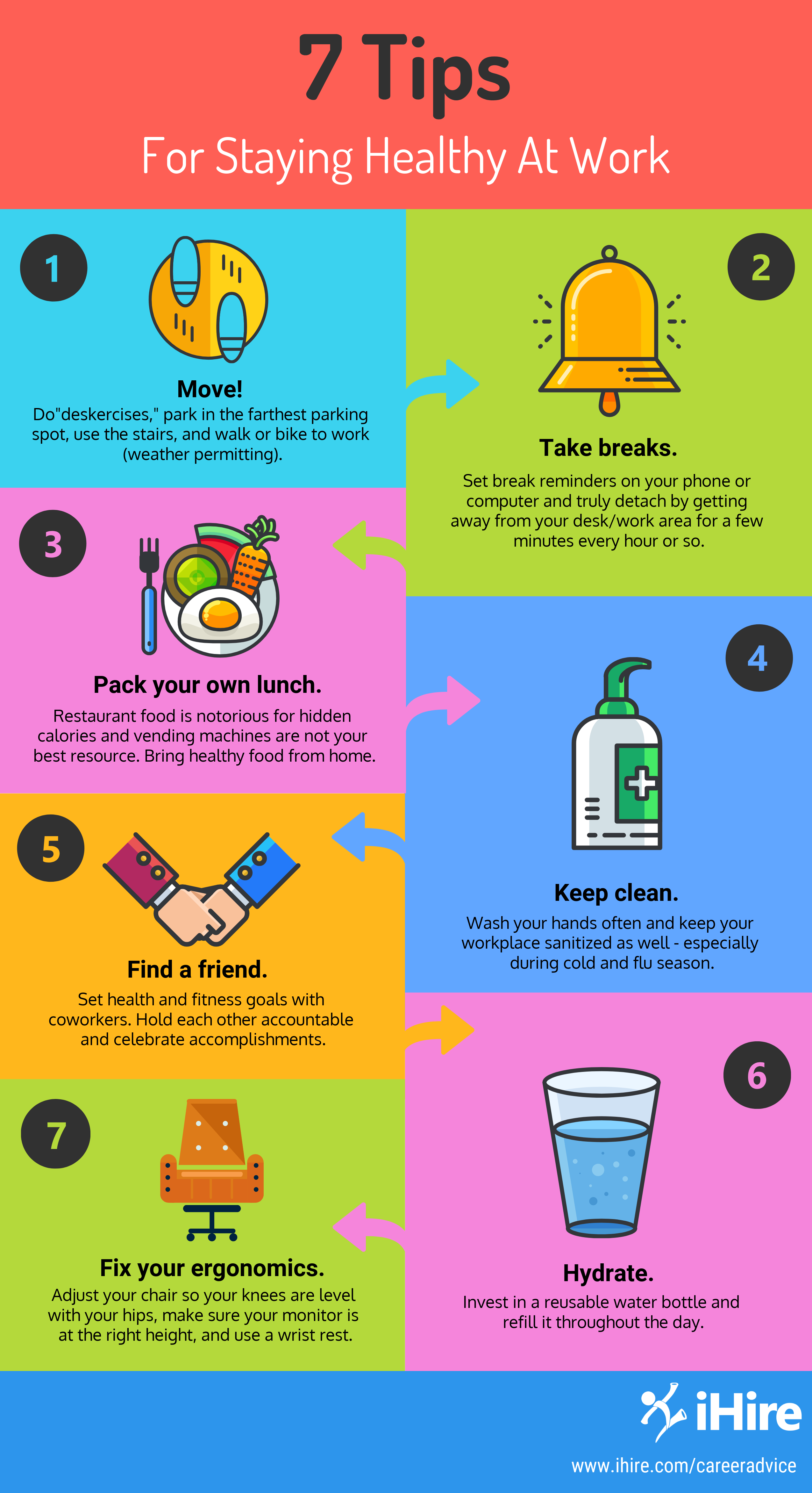Area Resources And Support: A Boost For Local Medical Care Solutions

Content Composed By-Liu Bengtsen
When it concerns boosting primary care solutions locally, taking advantage of neighborhood sources and support is essential. Picture a network of interconnected organizations and groups interacting to boost medical care accessibility and quality in your area. From wellness departments providing essential data to non-profits offering specialized services, each entity contributes to a much healthier area. But how specifically do these partnerships unfold, and what methods confirm most effective in leveraging these resources for optimal effect? Let's explore the intricate web of community support and its extensive implications on medical care solutions.
Importance of Community Engagement
Involving with the neighborhood is crucial for cultivating a feeling of collaboration and count on within neighborhood healthcare services. By actively involving neighborhood members in decision-making processes, healthcare providers can better understand the special needs and obstacles faced by the population they offer. When healthcare solutions are created in assessment with the neighborhood, they're most likely to be reliable and favored.
Community engagement additionally plays a vital function in promoting health education and learning and preventive care campaigns. By building solid connections with regional residents, healthcare providers can better interact crucial health info and urge healthy behaviors within the area. This positive method assists prevent illnesses and advertises total well-being amongst community participants.
Furthermore, community engagement promotes a feeling of ownership and liability among doctor. When the neighborhood is associated with shaping health care services, carriers are most likely to be responsive to the needs and choices of the population they serve. This collaborative approach eventually causes a lot more patient-centered treatment and boosted health end results for the neighborhood all at once.
Secret Neighborhood Resources
To efficiently enhance primary care solutions locally, determining and leveraging key area sources is essential. These resources can consist of neighborhood wellness departments, neighborhood health centers, charitable companies, and volunteer groups. Local health departments frequently supply beneficial data, knowledge, and assistance for public health efforts.
Community university hospital offer important medical services to underserved populations, contributing to overall community wellness. Non-profit organizations play an important function in resolving specific health demands, such as psychological wellness support or persistent disease management. Volunteer groups can offer added workforce and assistance for health-related events or programs.
Institutions and universities are also significant neighborhood resources that can use health and wellness education and learning programs, research collaborations, and access to student volunteers. Faith-based organizations may give spiritual and emotional support, as well as resources for area members in need. By working together with these vital area sources, health care companies can enhance accessibility to care, attend to health and wellness variations, and enhance overall area wellness.
Techniques for Partnership
Think about leveraging existing connections and networks within the area to develop reliable strategies for collaboration. By using established links, you can streamline interaction and sychronisation between different organizations and individuals.
Beginning by recognizing vital stakeholders that share a typical rate of interest in boosting medical care services locally. Involve with these stakeholders to create a common vision and set clear goals for collaboration.
Create a communication strategy that outlines how information will be shared, conferences arranged, and progression tracked. Use modern technology such as common on the internet platforms or team messaging apps to facilitate simple communication.
Consistently assess the performance of your collaboration approaches and be open to making adjustments as needed.
Establishing formal arrangements or Memorandums of Comprehending (MOUs) with companion companies can help clarify functions, duties, and assumptions. These agreements can likewise deal with prospective obstacles ahead of time, making certain a smoother cooperation procedure.
Final thought
In conclusion, area resources and support are necessary for improving primary care solutions locally.
By involving with vital stakeholders and working together with various organizations, medical care providers can much better meet the demands of underserved populaces and promote community health.
By interacting, we can make certain that every person has accessibility to high quality health care and assistance solutions within their regional area.

